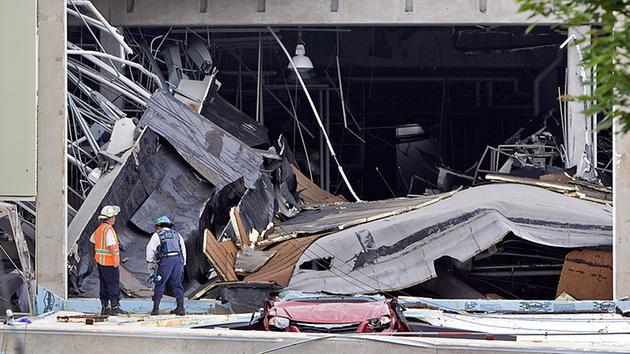Posted: Jun 07, 2016 8:49 PM EST Updated: Jun 07, 2016 8:49 PM EST
 A chemical spill at a plant in Wisconsin leaves five people injured. (Source: WTMJ/CNN)
A chemical spill at a plant in Wisconsin leaves five people injured. (Source: WTMJ/CNN)
GERMANTOWN, WI (WTMJ/CNN) - A chemical spill at a plant in Wisconsin left five people hospitalized Tuesday.
Hundreds of employees had to be evacuated due to the spill.
It happened at Gehl Gurney Farms in Germantown.
The factory makes cheese and sauces.
According to the Germantown Fire Department, a contractor accidentally poured acid into a tank of sodium chloride.
The combo caused the tank to burst, releasing lethal fumes into the air.
Fire crews were working to clear out the chemicals and get operations back to normal.
Copyright 2016 WTMJ via CNN. All rights reserved.
 A chemical spill at a plant in Wisconsin leaves five people injured. (Source: WTMJ/CNN)
A chemical spill at a plant in Wisconsin leaves five people injured. (Source: WTMJ/CNN) GERMANTOWN, WI (WTMJ/CNN) - A chemical spill at a plant in Wisconsin left five people hospitalized Tuesday.
Hundreds of employees had to be evacuated due to the spill.
It happened at Gehl Gurney Farms in Germantown.
The factory makes cheese and sauces.
According to the Germantown Fire Department, a contractor accidentally poured acid into a tank of sodium chloride.
The combo caused the tank to burst, releasing lethal fumes into the air.
Fire crews were working to clear out the chemicals and get operations back to normal.
Copyright 2016 WTMJ via CNN. All rights reserved.
















